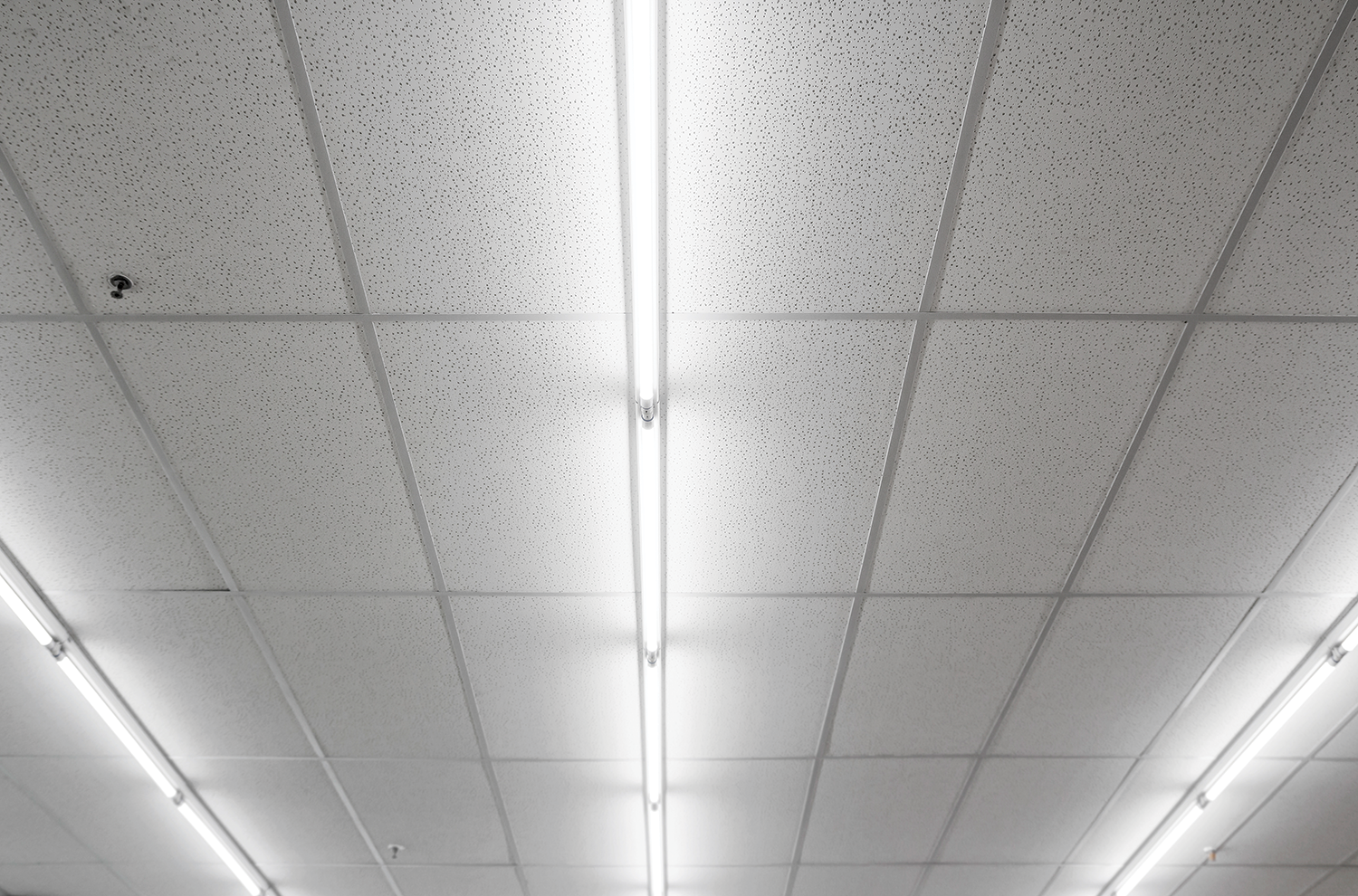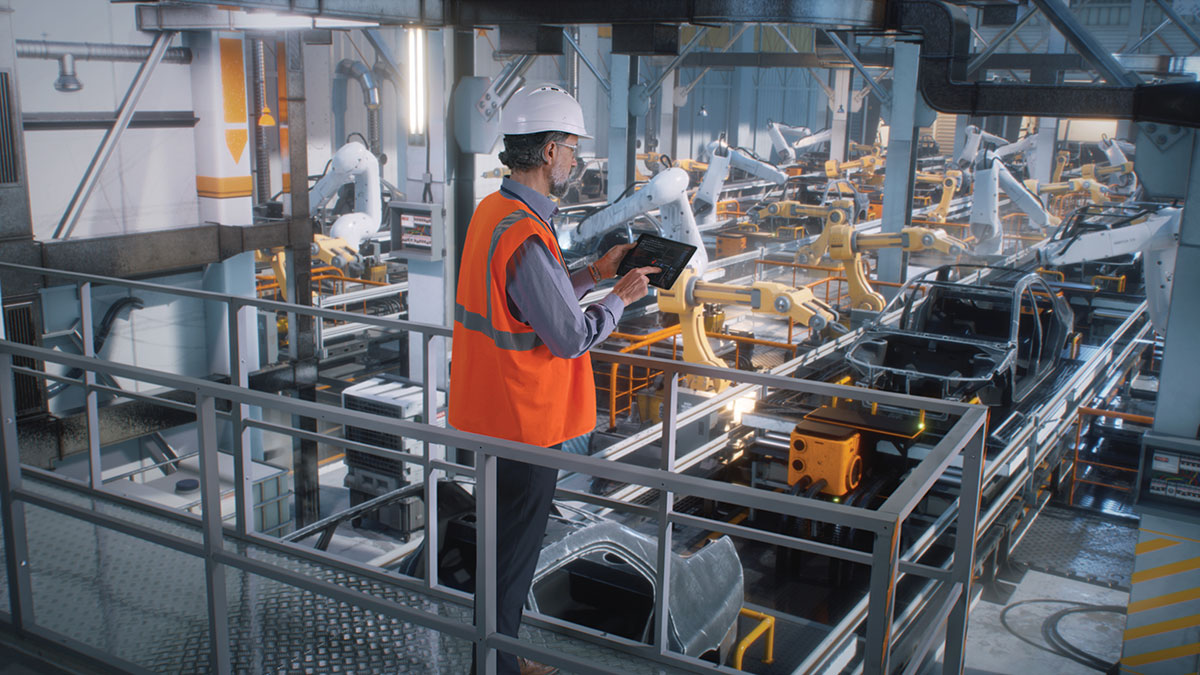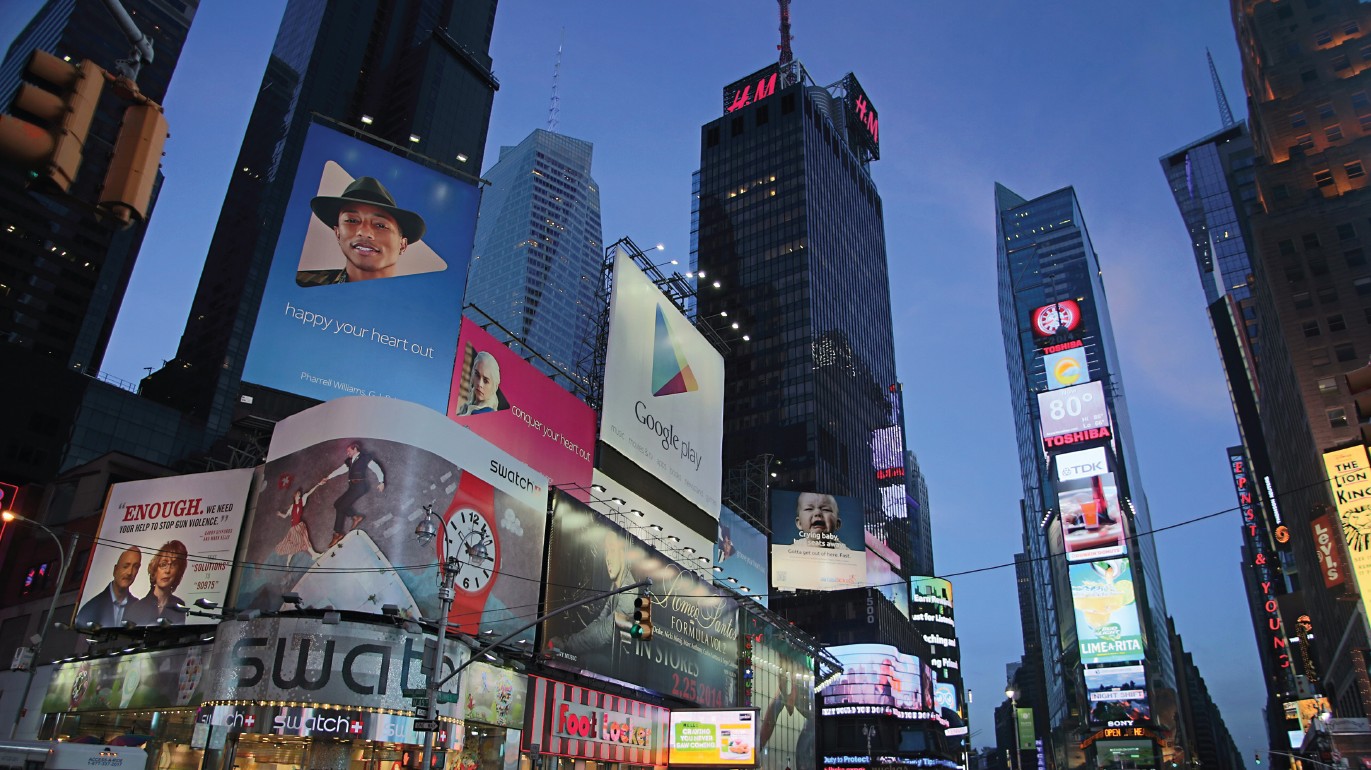Q. I have seen Listed LED tube lamps that incorporate a battery backup. Can they be used as emergency lighting or to retrofit a fluorescent or LED luminaire to convert it to an LED emergency luminaire?
A. When installed in a luminaire, LED tube lamps (TLEDs) with integral battery backup do not create an emergency lighting luminaire. TLEDs with an integral battery backup are a user-replaceable item that is not permanently installed or fixed in place. Accordingly, they are not considered as part of the building infrastructure to be relied upon to provide illumination in an emergency situation. This type of lamp could subsequently be replaced by a standard fluorescent tube during normal facility maintenance and outside of any fire marshal regulatory oversight. This construction would be noncompliant with ANSI/UL 924, the Standard for Safety for Emergency Lighting and Power Equipment.
Type A TLEDs are Certified (Listed) for direct replacement of a luminaire’s lighting source without modifying the luminaire. Type B TLEDs may be UL Certified or Classified as part of an LED conversion retrofit kit to convert the lighting source from incandescent or fluorescent to LED when the luminaire requires modification such as the removal of the ballast and direct wiring to the lampholders. When a UL Certified (Listed) luminaire is modified after it leaves the factory, it is necessary to use a Certified (Classified) LED retrofit kit in accordance with its installation instructions. Alternatively, the retrofitted luminaire must be field evaluated to comply with NEC Section 410.6. UL Certifies (Lists) Type A direct replacement TLEDs under the product category Lamps, Self-Ballasted, LED Type (OOLV), and are investigated in accordance with ANSI/UL 1993, the Standard for Safety for Self-Ballasted Lamps and Lamp Adapters. The UL guide information for OOLV states that these products are not investigated for use in emergency lighting luminaires.
LED retrofits that incorporate Type B TLEDs are Certified (Classified) under the product category LED Retrofit Conversion Kits (IFAR) and are investigated in accordance with ANSI/UL 1598C, the Standard for Safety for LED Retrofit Luminaire Conversion Kits. These retrofit kits can include Certified emergency lighting equipment – such as an emergency LED driver – that has been investigated and found to comply with the requirements of ANSI/UL 924. When installed per the kit instructions, the converted luminaire is eligible to serve as part of a facility’s emergency lighting system in accordance with ANSI/NFPA 101, Life Safety Code; Article 700 of ANSI/NFPA 70, National Electrical Code (NEC); and the International Building Code.
Emergency lighting luminaires are Certified (Listed) under the product category Emergency Power and Lighting Equipment (FTBR) and are investigated in accordance with ANSI/UL 924.
The UL guide information and Certifications (Listings) for these product categories may be viewed on UL Product iQTM at productiq.ul.com by entering OOLV, IFAR, or FTBR at the keyword search. UL Product iQ is free to all users, but access to the database does require a one-time registration.
The Rest of the Story
Emergency luminaires are covered in Article 700 of the NEC and in Section 7.9 of the Life Safety Code, NFPA 101. These codes require emergency luminaires to be maintained and periodically tested to validate that they are ready for service. ANSI/UL 924, in turn, requires the luminaire to have features that allow for this testing to occur. This testing ensures that emergency lighting will provide sufficient illumination to facilitate the orderly and efficient evacuation of a building’s occupants during loss of normal utility power. The regulations require the emergency lighting system to provide a minimum average level of illumination (1-foot candle, measured on the floor) between wherever people may be in the building and the public right of way, which is typically outside the building. It covers hallways, stairwells, open office spaces, restrooms and most everything in between. NFPA 101 defines Means of Egress as “A continuous and unobstructed way of travel from any point in a building or structure to a public way.”
To verify compliance with these regulations, emergency luminaires must be fixed in place. Only those luminaires that are part of the building infrastructure and that therefore can reasonably be expected to be operational – in part due to code-required maintenance and testing protocols – can be used to establish compliance with NEC Article 700 and NFPA 101 Section 7.9. User-replaceable TLEDs with integral battery backup are not considered as fixed in place.














Find Us on Socials